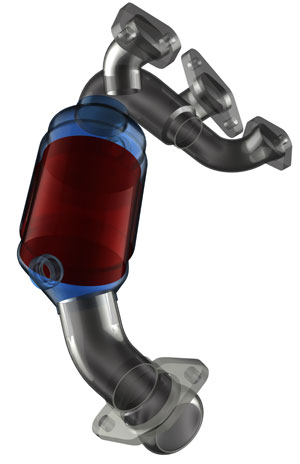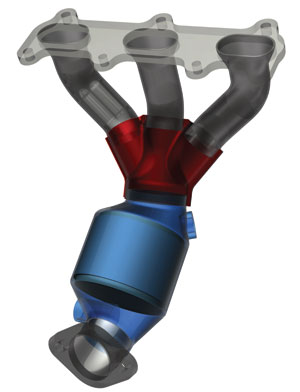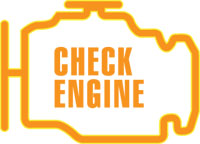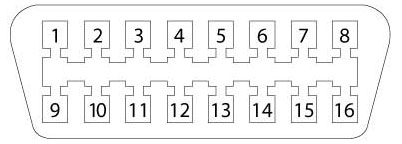CATALYTIC CONVERTER BASICS
EMISSIONS TESTING UTILIZING OBD II
|
Until recently Tail pipe testing for emissions has been the standard for most states with an Emissions Testing program. Over the last few years however many states have converted to OBD II testing for all light duty vehicles 1996 and newer.
The testing consists of several steps to confirm that a vehicle is in compliance. They are:
• Diagnostic Connector Verification and Scan Tool Communication
• KOEO - Verify MIL Bulb Check
• KOER – Verify MIL NOT Illuminated
• Verify NO Codes in System
• Verify Readiness Indicators (Monitors) are complete
|
  |
 |
A REVIEW OF OBD II TESTING FROM AROUND THE COUNTRY
EXPOSES A LIST OF COMMON FAILURES:
• P0420 - Bank 1 catalyst efficiencey below threshold
• P0300 – Random Misfire
• P0401 – EGR Insufficient Flow
• P0171 – Fuel Trim, Bank 1, System too Lean
• P0174 – Fuel Trim, Bank 2, System too Lean
• P0135 – O2 Sensor Heater Circuit, Bank 1 Sensor 1,Malfunction
• P0325 – Knock Sensor 1, Circuit Malfunction
• P0440 – Evaporative Emission Control System Malfunction
• P0442 - Evaporative Emission Control System, Small Leak Detected
• P0455 - Evaporative Emission Control System Large Leak Detected
Many of these codes are related to Fuel Trim and can directly affect the efficiency of the converter
or the computers ability to monitor it correctly.
The following pages contain details of the P0420 code and specific testing techniques to aid
you in diagnosing the vehicle properly… the first time.
|
 |
|